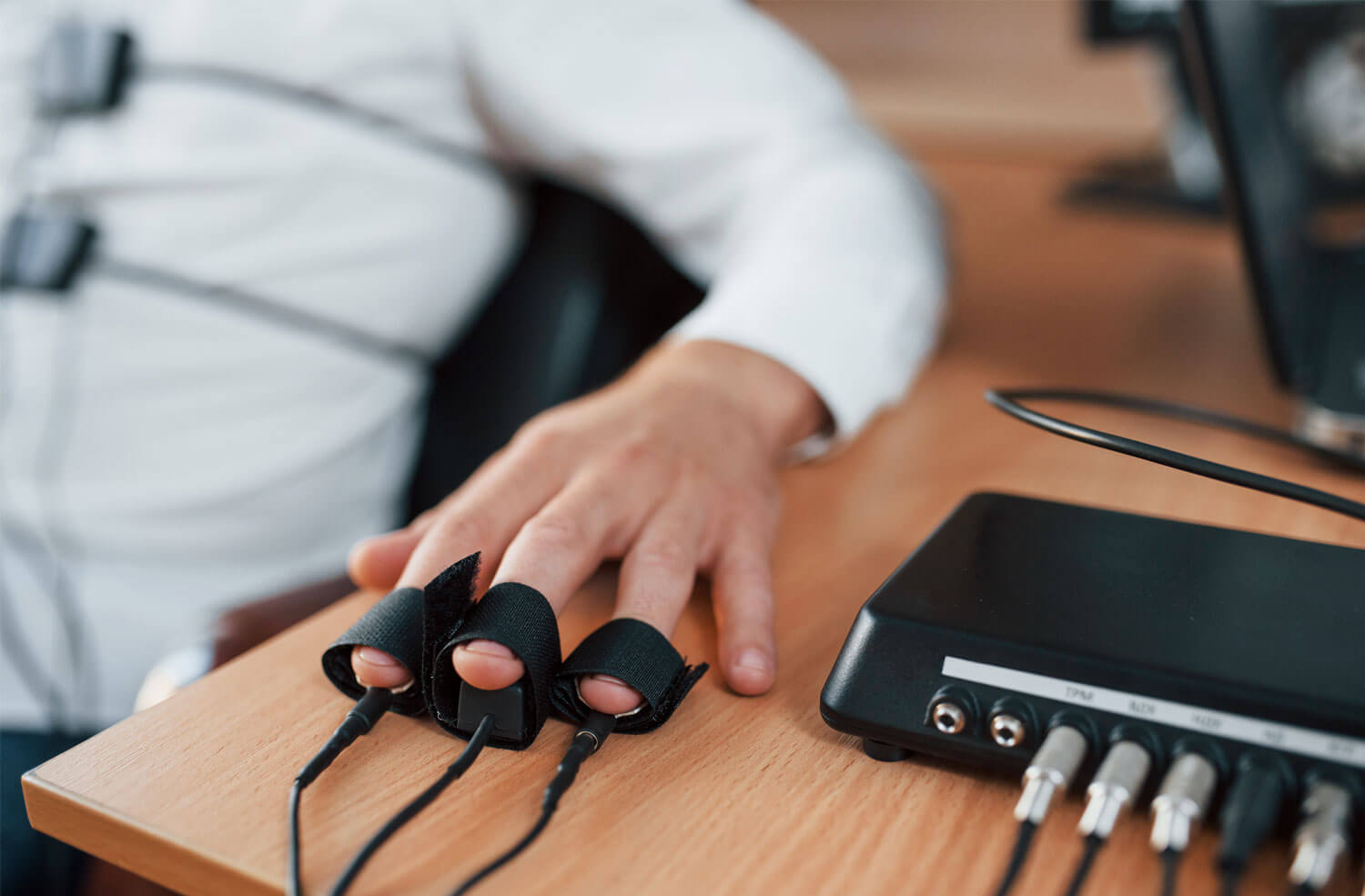How Does Lie Detector Testing Work?

A lie detector is a device that is used by forensic psych physicians to find out the truth. When a subject answers questions from an operator, a lie detector device records their blood pressure, heart rate and respiration. Based on this data, the device determines whether the subject is lying or not. This device has been helpful in a number of instances such as criminal investigations and pre-employment screenings. The vital physiological parameters monitored during lie detector testing typically include:
Heart Rate:
Lying triggers an increase in heart rate due to the sympathetic nervous system’s activation. Lie detectors record these variations because elevated heart rates are linked to stress and possible dishonesty.
Breathing:
Variations in breathing habits are also seen. Dishonest people may display abnormalities like breath holding or shallow breathing, which indicate the physiological effects of lying.
Galvanic Skin Response (GSR):
Electrodes applied to the skin measure the skin’s conductance to electricity. Another stress reaction that might impact skin conductivity is sweating. A rise in GSR is frequently taken to mean that more stress is involved in lying.
Blood Pressure:
Variations in blood pressure may indicate a stressful situation. During false replies, there may be a noticeable rise in blood pressure.
The Polygraph Examination Process
Pre-Test Interview:
To build rapport and review the questions that will be asked during the examination, the examiner will have a pre-test interview with the candidate. This aids in establishing a baseline for the person’s physiological reactions.
Formulation Of Questions:
Questions are divided into relevant, irrelevant, and controlled groups. Control and irrelevant questions set baseline replies, whereas relevant questions address the problem under examination.
Testing Phase:
In this stage, the subject is hooked up to a polygraph machine, and a series of questions are posed while the examiner monitors the subject’s physiological reactions. The examiner analyses the answers to pertinent and control questions to assess the possibility of dishonesty.
Analysis:
After the data is gathered, it is examined to find any physiological alterations linked to dishonest reactions. It’s crucial to remember that there is debate regarding the validity of lie detector tests and that false positives and negatives can happen.
Contact Us
We at Vanguard Associates UK specialise in lie detector testing. With over 35 years of experience, we have experience undertaking interviews in the most complex, sophisticated, and demanding circumstances across the globe. We can create the best questions for polygraph testing as we have a track record of making decisions under pressure and within time constraints. If you would like to employ a polygraph test specialist, please contact us today for a free consultation.
